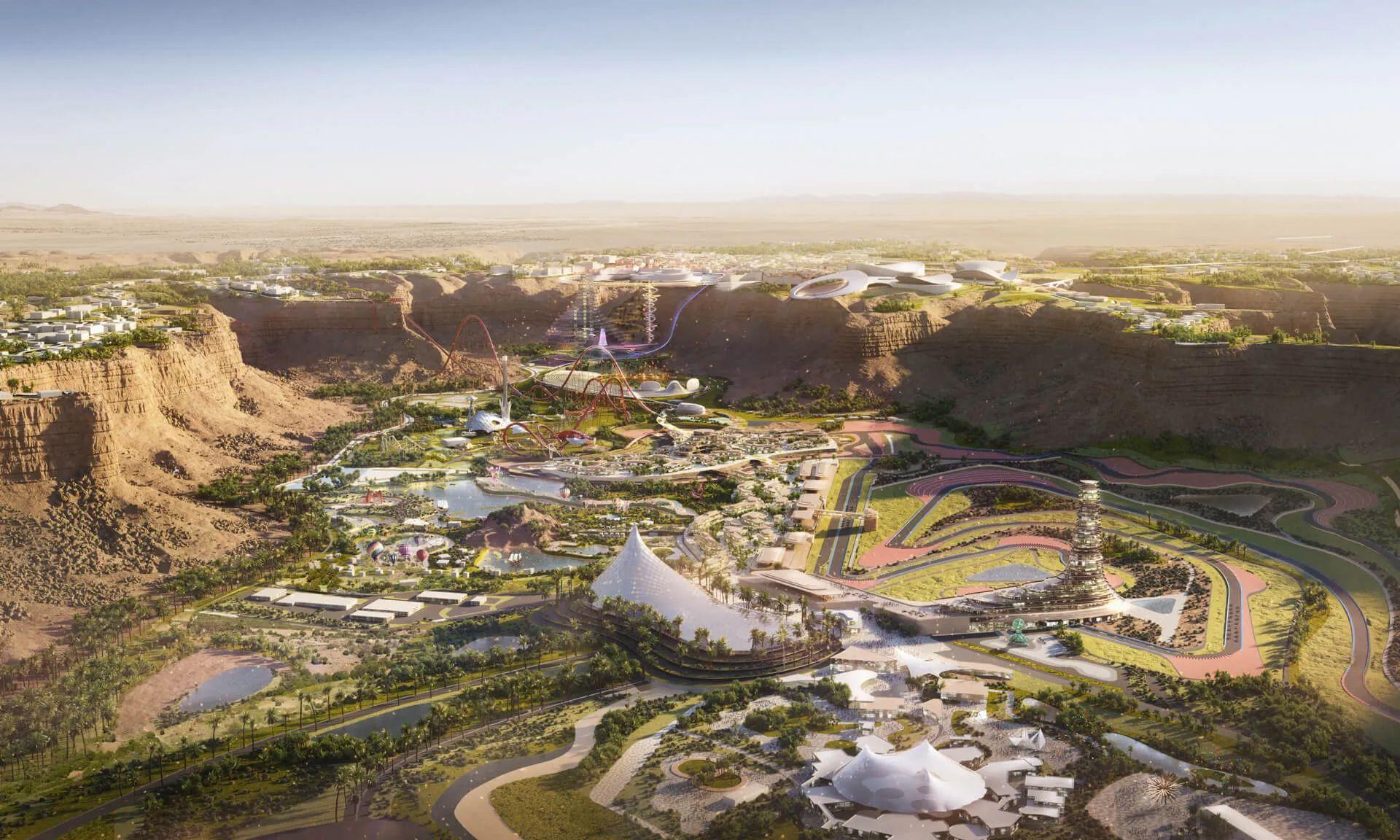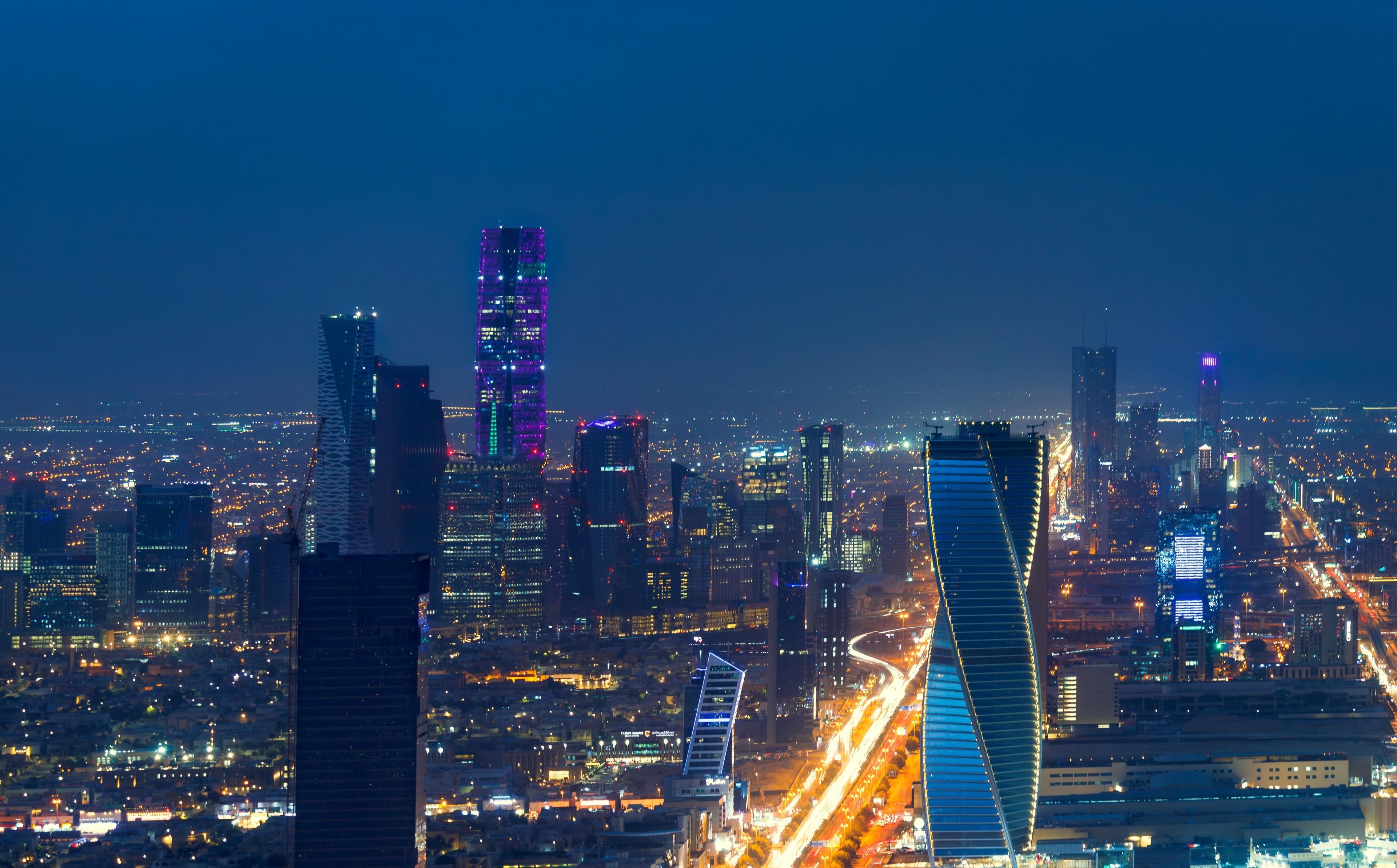
Giga Projects Strengthen the Kingdom’s Drive Towards Sustainability
Saudi Arabia's giga projects are the cornerstone of the country's sustainable development, designed to accelerate the nation's targets for environmental protection, economic prosperity, and social progress.
Projects like Diriyah Gate, Qiddiya, ROSHN, Amaala, and the Red Sea span various key economic sectors, enabling pioneering technology while preserving and protecting local heritage.
Environmental Sustainability Urban Development is Shaping a Greener Future
A key component of the giga projects’ overarching objective is to foster communities that coexist harmoniously with the natural environment, offering residents quality of life, creating thousands of job opportunities, and supporting industries. This is underpinned by an emphasis on improving accountability and effective governance mechanisms to ensure responsible resource management.
Diriyah Gate and ROSHN are prime examples of urban planning that is environmentally, socially, and economically resilient. DiriyahGate, for instance, is exclusively built in the local Najdi traditional architecture style, which makes use of natural building materials such as locally made bricks and limestone.
Taking a holistic approach to urban design is ROSHN. The giga development focuses on enriching the quality of life and prioritizes a human-centric approach in design and construction.
Not only does ROSHN incorporate homes being constructed from eco-friendly materials that reduce energy costs by around 18%, but it is now the Kingdom’s first to be a member of the United Nations Global Compact. This advancement demonstrates its commitment to applying sustainable practices that are in line with the United Nations’ goals for sustainable development, including climate change, promoting resilient infrastructure, and creating inclusive and sustainable cities.
The Kingdom's futuristic giga projects are not just reshaping its economy through new revenue streams but also redefining the paradigms of industries through sustainability and environmental protection.
For example, Diriyah Gate has recently rolled out major initiatives to advance the circular economy, including improving waste management practices, maintaining biodiversity, measuring the environmental footprint, and implementing social and economic initiatives that drive the fortification of local communities. Moreover, it enrolled in Saudi Arabia’s sustainability certification program, MOSTADAM, Saudi Arabia's own sustainability program, which aims to improve the quality of life of all Saudis by 2030.
Renewable Energy Powering the Kingdom’s Sustainable Economy
The Kingdom aspires to become a global leader in all sorts of energy and is well on its way to creating a green economy. The giga projects directly contribute to the Kingdom's Vision 2030 sustainability goals and its commitment to be at the forefront of reducing CO2 emissions globally.
The ripple effect is being felt in the tourism and hospitality sectors, as the Kingdom is poised to emerge as a new global destination. Projects such as Amaala and the Red Sea are setting global benchmarks for regenerative tourism and renewable energy. Amaala, for example, champions a “zero waste to landfills," policy, with plans to introduce no single-use plastics.
To enforce sustainable tourism practices, Red Sea Global (RSG), the company behind these two destinations, put a cap on one million visitors a year at the Red Sea and 500,000 at Amaala. On one hand, this accelerates the development of a sustainable economy and on the other, it opens the door for international companies with innovative & green solutions to expand to the Kingdom and become a pivotal leader in this sector.
Aligning with these efforts is the Kingdom’s hosting of the 27th World Energy Congress in Riyadh. The event is believed to have attracted over 7,000 international energy stakeholders, demonstrating Saudi Arabia's leadership in energy and climate policy.
Saudi Arabia's role as a major oil exporter is being balanced with investments in alternative energy sources. In November of 2030, the country signed a MoU between Saudi Arabia Railways and Air Products Qudra to build hydrogen fueling stations. The move towards green and blue hydrogen and other low-carbon energy alternatives reflects a shift to a more sustainable energy mix.
The giga projects, which are central to Saudi Vision 2030, have helped the Kingdom overcome its traditional oil-centric identity. Since its inception, the country's GDP has increased significantly, reaching over SR4.1 trillion at the start of 2024 and with estimations of an annual growth rate of 6% until 2030.
These innovative developments have solidified confidence in Saudi Arabia’s non-oil economy, which would make up about 65% of the Kingdom’s GDP by 2030.
Riyadh 2030 Expo: A Catalyst for Economic Sustainable Growth
As Riyadh gears up to host the World Expo 2030, the event is set to become a catalyst for unprecedented growth in Saudi Arabia's tourism sector. The highly anticipated event is expected to accelerate developments at giga projects, which will play a vital role in attracting business travelers and leisure visitors, and promote partnerships beyond the Expo.
But even today, the Kingdom already represents an attractive destination for tourists and businesses alike, who are drawn to its fusion of ancient traditions and modern marvels. The country is well-prepared to reward tourists with adventurous experiences and businesses with lucrative opportunities.
This momentous occasion, aligning perfectly with the completion of the Kingdom's many ambitious giga projects, foreshadows a new era in the country’s journey towards global prominence. As these projects come to fruition, they are poised to reshape the Kingdom’s economic landscape and set the stage for global economic development and sustainability-led innovation.




